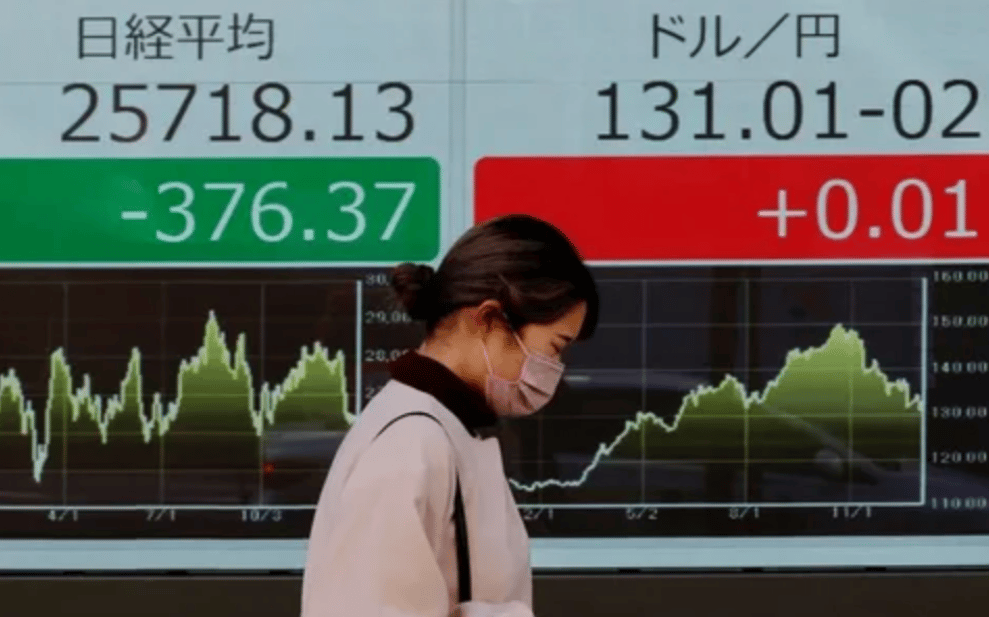US Dollar Weakness and Asian Stock Gains Ahead of ECB Economic Forecast
Asian equity markets experienced gains as the US Dollar (USD) weakened, reflecting investor caution ahead of the European Central Bank's (ECB) updated economic outlook. This shift in sentiment follows recent weak US employment and services sector data, raising concerns over the health of the world's largest economy amid ongoing trade tensions and tariff uncertainties.
Impact of US Data and Tariff Policies on Currency and Markets
The US Dollar's depreciation accelerated after softer-than-expected employment figures and a slowdown in the US services sector, signaling potential headwinds for the economic recovery. The USD decline reflects increased apprehension regarding the impact of tariff policies initiated under President Donald Trump's administration, which have introduced volatility and uncertainty in global trade.
Tariff-induced disruptions have strained supply chains and dampened business confidence, while anticipated bilateral trade agreements remain pending, undermining market stability. This environment has encouraged capital flows into Asian equities, perceived as relatively resilient amid global trade tensions.

US Dollar Weakness and Asian Market Rally
Asian stock indices rose ahead of ECB economic forecasts
US Dollar weakened following disappointing employment and services data
Upcoming US non-farm payroll figures expected to further influence currency trends
Trade tariffs under President Trump seen as key factor affecting economic outlook
Bilateral trade agreements delayed, adding uncertainty to global trade dynamics
Market Reactions and Expert Commentary
Market participants are closely monitoring Friday’s US employment report for clearer signals on economic momentum. The weakening USD benefits emerging Asian markets by enhancing export competitiveness but also raises concerns about capital volatility.
European markets and the ECB’s outlook will further shape expectations on global monetary policy and economic stability. Analysts warn that prolonged tariff conflicts and unresolved trade negotiations could exacerbate economic fragility, affecting currencies and equities worldwide.

Key Takeaways
US Dollar decline driven by weak labor and services sector data.
Asian equities gain from favorable capital inflows amid global uncertainty.
Tariffs disrupt US economic growth and complicate trade relations.
ECB economic forecast anticipated to impact global risk sentiment.
Upcoming US payroll data critical for near-term currency and market trends.
Significance of US Dollar Movements and Global Economic Risks
The recent US Dollar weakness and Asian stock gains illustrate the delicate balance between geopolitical risks, trade policies, and economic indicators. As the ECB prepares to release its economic forecast, markets remain sensitive to developments in US employment data and trade negotiations. The trajectory of the USD will continue to reflect these dynamics, influencing global capital flows and investment decisions amid ongoing economic volatility.















Comments